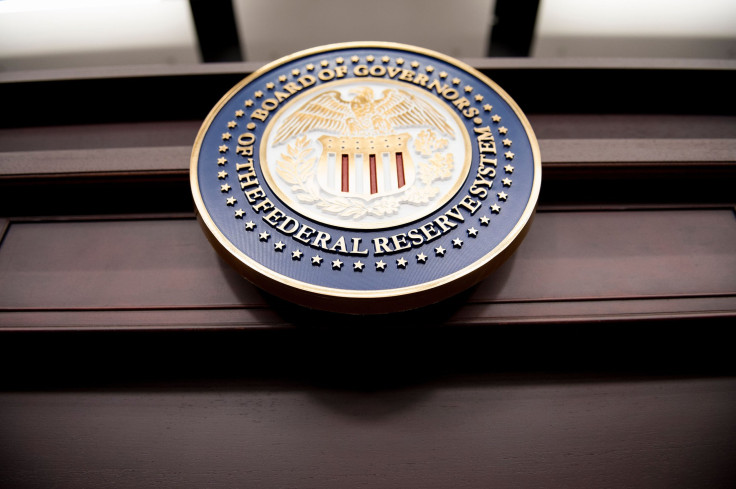Fed Keeps Rates Unchanged, Says Inflation Pressure Is Low

The Federal Open Market Committee, or FOMC, just wrapped up its two-day meeting. As expected, the federal funds rate remained the same, but that doesn't mean that nothing significant happened. In fact, some potentially dovish language has been added to the committee's statement, which may reduce the probability of further interest rate hikes.
Here's a quick recap of what changed and what didn't, as well as what investors should expect going forward.
Interest rates haven't changed
As was widely expected, the FOMC decided to keep the federal funds rate constant, at a target range of 2.25 percent -2.50 percent.
However, the committee made an adjustment to interest paid on excess reserves, which is now to be 2.35 percent, a 5-basis-point reduction. To be clear, this is a technical adjustment designed to prevent the federal funds rate from climbing too high within the target range. It isn't a shift in monetary policy.
The Fed's statement has changed a bit
While the federal funds rate is the same, the closely watched statement released by the FOMC at the conclusion of its meeting has changed somewhat. The statement still says that the committee will be patient when contemplating any interest rate movements, but some of the other language has changed.
The most significant changes in the Fed's language have to do with the lower-than-expected inflation rates we've been seeing. The March FOMC statement blamed lower inflation on low energy prices, but now the FOMC acknowledges that core inflation (excluding food and energy) is weak. The exact wording of the statement says, "On a 12-month basis, overall inflation and inflation for items other than food and energy have declined and are running below 2 percent."

This is a potentially dovish sign for investors. One of the Fed's mandates is to keep inflation in check, and the way it combats inflation is by raising interest rates. If inflation is slow, it's tougher to make the case that interest rates need to rise.
The bottom line
To be clear, there weren't any big surprises here. Not only did most experts expect rates to remain unchanged, but the FOMC was widely expected to address slowing inflation in its statement. This is why the stock market didn't react very much to the statement one way or the other.
In a nutshell, the Fed is grappling with mixed economic signals. On one hand, unemployment remains near a 50-year low and GDP (gross domestic product) growth has been well in excess of expectations. Plus, the stock market is at an all-time high. On the other hand, economists generally expect some degree of inflation after 10 years of economic expansion, and we're just not seeing it.
Because of these conflicting factors, it's tough to make the case that interest rates should be changed one way or the other. A rate cut would essentially be attempting to stimulate an economy that's already firing on all cylinders. And an interest rate hike would be trying to combat inflation that doesn't exist in anything close to the Fed's target.
Until the economy's temperature gauge is clearly moving toward hot or cold, it's likely that the FOMC will keep up its wait-and-see approach.
This article originally appeared in The Motley Fool.
The Motley Fool has a disclosure policy.





















